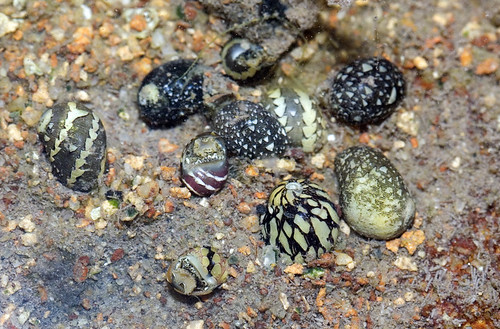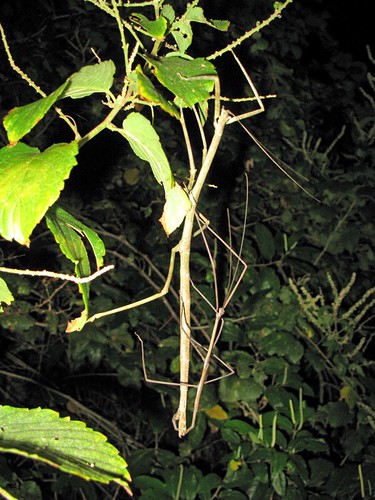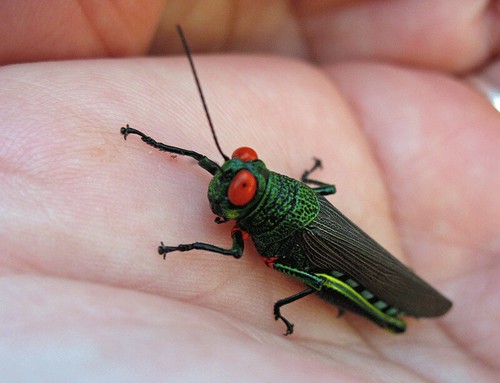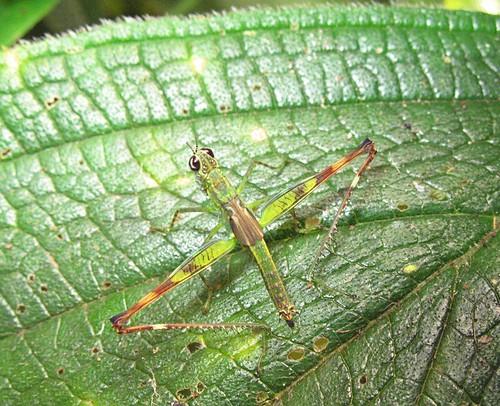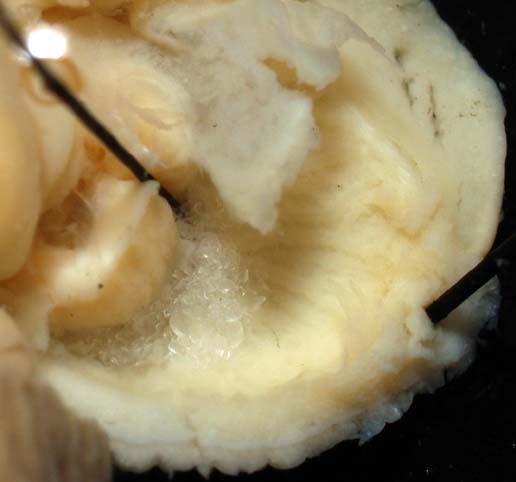
This is the second post I have made on peer-reviewed research. I did intend to make them more regular, and I will endeavor to do more soon.
This paper essentially deals with sexual selection (females choose the males they want to mate with) and some 'tricks' used by males to increase the likelihood of their sperm being used to fertilise the female's eggs.
The male's sperm is delivered within the seminal fluid. The seminal fluid contains a mixture of energy and nutrient rich chemicals to ensure the survival of the sperm outside of the male's body. In addition to these chemicals are proteins designed to alter the behaviour of the female. In insects these seminal fluid proteins are known to have a range of effects including "promoting sperm storage, temporarily increasing female egg-laying rate and decreasing female sexual receptivity". The effect of these (in isolation and combined) is to increase the reproductive fitness of the male by decreasing the chances of other males successfully reproducing with that female.
What the paper by Wigby et al shows is that the concentration of certain seminal fluid proteins depends on the presence of potential rivals. The researchers studied two seminal fluid proteins: ovulin (known to increase egg production) and sex peptide (known to increase egg production and reduce the probability of a female accepting a mate). The presence of a competing male caused the duration of mating to be extended and the amount of seminal fluid protein transferred to the female to be increased.
ReferencesWigby, S., Sirot, L., Linklater, J., Buehner, N., Calboli, F., Bretman, A., Wolfner, M., & Chapman, T. (2009). Seminal Fluid Protein Allocation and Male Reproductive Success Current Biology DOI: 10.1016/j.cub.2009.03.036
